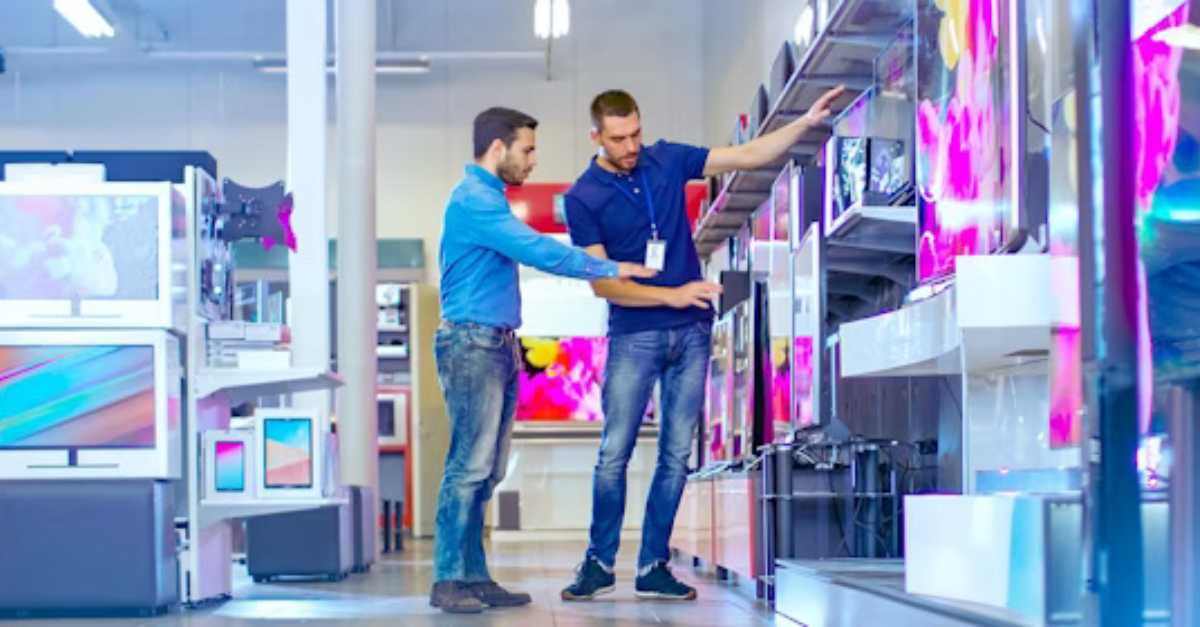
Surviving the Retail Apocalypse — How to Strengthen Your Brick-and-Mortar Stores
The retail apocalypse has closed thousands of stores. See how to strengthen your brick-and-mortar stores through great customer experience and ...
Solutions
Workplace Management Solutions
Real Estate Management Solutions
Maintenance Management Solutions
Energy Management Solutions
Engineering Document Management Solutions
Asset Management Solutions
Automate campus scheduling for classes, meetings, and exams with our EMS software.
Plan and manage conferences effortlessly with EMS software to impress guests and streamline operations.
Boost workplace flexibility and maximize space use with seamless desk and room booking.
Organize workplace or campus events smoothly, creating memorable experiences.
Optimize workspace, manage allocations efficiently, and reduce costs with our space management solutions.
Deliver projects on time and within budget by improving communication, collaboration, and efficiency with our software.
Streamline lease accounting for ASC 842, IFRS, and GASB compliance.
Manage leases efficiently by tracking key dates, analyzing costs, and ensuring compliance.
Centralize data and analytics for better insights, faster negotiations, and revenue growth.
Centralize facility and asset maintenance, automate work orders, and ensure compliance with our CMMS software.
Extend asset life, reduce downtime, and prevent costly repairs with data-driven monitoring.
Prevent equipment failures and extend asset life by detecting and addressing issues early.
Make sustainable, cost-efficient energy decisions by monitoring and optimizing power consumption.
Remotely monitor and control equipment with real-time data to predict issues, boost efficiency, and reduce downtime.
Easily share and collaborate on documents, creating a single source of truth for engineers and contractors.
Manage and analyze assets across their lifecycle to schedule maintenance, reduce downtime, and extend lifespan.
Improve visibility, automate work orders, and ensure compliance for efficient facility and asset management.
Resources
Browse our full library of resources all in one place, including webinars, whitepapers, podcast episodes, and more.
Support
Looking for access to technical support, best practices, helpful videos, or training tools? You’ve come to the right place.
About Accruent
Get the latest information on Accruent, our solutions, events, and the company at large.
In fact, a study by Deloitte shows that consumers who use mobile devices convert at a rate 40 percent higher than those who do not, and 22 percent say using their devices in-store leads to more spending than planned.
Big box retailers like Target are using mobile technology to enhance their shoppers’ experiences by providing an “in-store” mode, which provides them with detailed mapping of the store they are currently navigating, as well as product inventory search capabilities. Products can also be added to a shopping list, which are then mapped to their in-store aisle location.
In addition to providing customer service, a mobile app can aggregate information regarding what consumers are searching for and how they are interacting with the app, which provides valuable insight into consumer behavior and product demands.
Some brick and mortar brands are still big proponents of direct mail catalogs, but even the face of this traditional ad avenue has evolved with the rise of mobile technology.
For example, Victoria’s Secret includes sections of their catalogs that can be scanned by a smartphone. When scanned, the customer can learn more about the product in the catalog, as well as make a direct purchase from the mobile app.
Who does not like an added incentive to shop in person? Several stores offer mobile coupons when a person is shopping at a physical location. Target’s Cartwheel app allows Target shoppers to scan the barcodes of products to see what coupons are available. You can also encourage customers to “check-in” on social sites like Facebook and Foursquare with incentives like in-store purchase discounts.
With a mobile app, you can empower your customers to check themselves out by scanning products and making their purchase with their smartphone. With less people standing in line to make their purchases, less employee resources are necessary to staff checkout lines, less checkout lines are needed, and that extra space can be used for more product displays.
Mobile coupons, location mapping, and express checkout are just a few of the ways that mobile apps can improve the customer service level you offer in brick and mortar stores. Retailers like Neiman Marcus use their NM App to enhance customer service by equipping sales clerks with customers’ profiles, purchase history and product preferences so that they can be greeted by name and given tailored suggestions.
As a customer, how many times have you scanned the aisles for someone who works there, just to ask a question? In addition to providing more product information than can be displayed in a price tag, mobile apps can be also be used to request in-person customer service. That way, customers do not get frustrated trying to find help, and you can provide service quicker.
As customers move further and further into the future, retailers need to be riding the wave of innovation alongside of them. By pivoting to mobile applications and technological advances, organizations can continue to drive profit and increase overall customer satisfaction.
The retail apocalypse has closed thousands of stores. See how to strengthen your brick-and-mortar stores through great customer experience and ...
Pick up 5 tips for crafting the “third space” — a unique shopping environment that justifies a store’s existence — that will fit your unique products ...
Learn how as as more customers become omni-channel consumers, it has become paramount for retailers to create seamless shopping experiences across ...
Subscribe to stay up to date with our latest news, resources and best practices